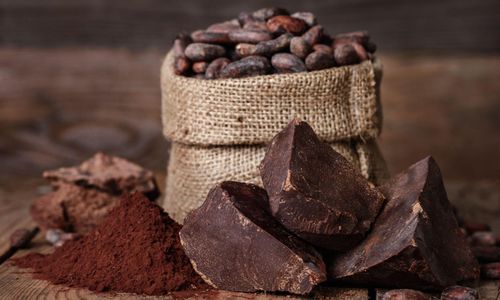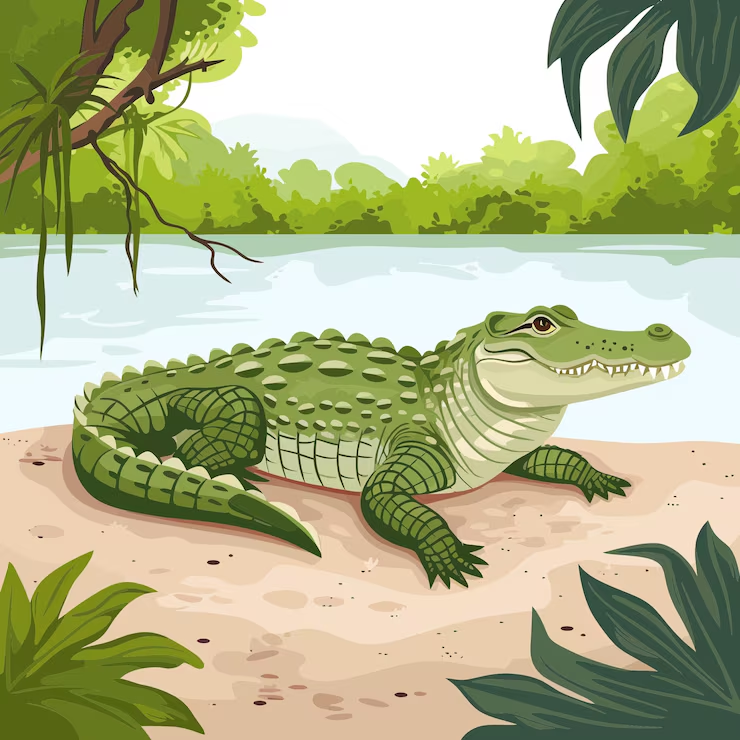Answers For [Forecast Q1-2025] - The History of Cocoa
Answers and detail explain for [Forecast Q1-2025] - The History of Cocoa
Explain
[Forecast Q1-2025] - The History of Cocoa

Good morning, everyone.
In the last lecture, we talked about how consumer products generally come into being and how they develop over time.
So, today we will be looking at this topic from a more detailed angle.
To be more specific, we will be looking at the history of cocoa beans.
Cocoa beans are the basis of chocolate, and as we all know, chocolate means many things to different people.
In this lecture, you will learn about how cocoa beans came into market and how they were used in different periods of time.
From this lecture, you will gain a better understanding of what we learned in the last lecture.
Cocoa trees originate in Central America more than 5000 years ago.
Before European explorers landed, cocoa was popular among the upper class of the local society.
1When Columbus and other European explorers landed on this new land in the 16th century, they were surprised to discover that these special beans were used as money.
Local people regarded cocoa trees as a sacred plant.
Girolamo Benzoni, in his “History of the New World” noted “They call the fruit ‘cacauate’ and use it for money.”
So, we can see these beans have a lot of value. In the 17th century, when the cocoa beans were first brought to Europe, people were not impressed.
It wasn’t until many decades later when cocoa beans gained some popularity among the upper class.
2The Europeans turned the cocoa beans into liquid chocolate and drank it from cups.
Different spices were used to add flavor, even hot chili peppers and corn meal were used.
3Americans later improved its taste in the 18th century by adding a right amount of sugar into the liquid.
It wasn’t so bitter any more with the new recipe, therefore more and more people became a fan of this special drink.
By 19th century, the majority of people from upper class in the western world could enjoy chocolate at home and an increasing number of people from middle class began to have access to it.
4As to why people were crazy about this beverage, researchers claimed that cocoa can have an influence on people’s mood.
It could give people a sense of relaxation and calmness, especially for people who were experiencing anxiety.
When cocoa crossed the border from France to Italy, the sweet, sensuous flavor and feel of the beverage appealed greatly to the Italians, whose sensibilities of luxury were similar to those in Spain and France.
5So, Italy became a big market of cocoa. It even became the top export destination of cocoa beans later on.
A British chocolate maker named Joseph Fry & Son played an important role in making chocolate what it looks like today.
6It created a paste with liquid chocolate that could be molded and the result was a solid chocolate bar.
This transformed the manufacturing of chocolate everywhere.
In 1819, Francois-Louis Cailler built the first Swiss chocolate factory in Vevey.
The Swiss further enhanced chocolate’s fortunes with innovation.
In 1875, partners Daniel Peter and Henri Nestle turned out to be the world’s first milk chocolate maker.
The Swiss enjoyed exclusive manufacturing of milk chocolate until the British firm Cadbury developed its process for the same product in 1904.
Now, chocolate is consumed widely throughout Europe and America, as well as other parts of the world.
7Cocoa beans are sold to millions of shops and factories.
8Though cocoa beans were first found in Central America, now many chocolate manufacturers choose to build large or small commercial cocoa plantations in Africa, due to low labour cost.
{[Approximately 70% of the world’s cocoa comes from West and Central Africa.
Countries like the Ivory Coast, Ghana and Nigeria are the world’s major cocoa suppliers.
Cocoa has become a crucial part of the local economy.][9]}
For some countries, cocoa production accounts for about one third of their GDP.
10The local governments build their plantations near the coast area, so that tons and tons of cocoa beans can be easily transported to their destinations by cargo ships.
So, what we are going to do now is to look at a timeline of the development of another product, which is coffee, as a consumer product…
Question 1-10
Complete the notes below. Write ONE WORD ONLY for each answer.
Early history of cocoa
- 16th century: used as 1 (money)
- 17th century: processed as 2 (liquid) chocolate
- 18th century: Americans added 3 (sugar) into chocolate
- 19th century:
- researchers found that it would have impact on a person’s 4 (mood)
- became the top export to 5 (Italy)
Later Development
- Transformed into chocolate 6 (bar)
- Cocoa beans were sold to a great number of shops and 7 (factories)
- Building plantations in Africa because of cheaper 8 (labour | labor)
- Cocoa business supports local 9 (economy) in Africa
- The sites near the 10 (coast) area are good for transportation
![[Forecast Q2-2025] - Biology lecture](https://static.helik.app/reading/8fd3d7d2-ccf9-47a3-8920-2e7a3b0d6607)
![[Forecast Q2-2025] - Living in the City](https://static.helik.app/reading/1a60bcf3-f3a7-4e9b-97a2-94d156a0de3b)
![[Forecast Q2-2025] - Student Union](https://static.helik.app/reading/fb443123-8c1d-447e-8c79-5a01650f4754)
![[Forecast Q2-2025] - Fruit-picking Job in an Orchard](https://static.helik.app/reading/e1968346-6c55-44ae-b8d3-f6a4fb7207b9)
![[Forecast Q2-2025] - University Crime Prevention](https://static.helik.app/reading/bdda593e-16d6-4c72-8a12-b116e917b27c)
![[Forecast Q2-2025] - Business Course](https://static.helik.app/reading/3308e282-99a6-4bcb-9d22-0b488701d968)
![[C20T1] - Choosing a restaurant](https://static.helik.app/reading/e9b21123-c43c-42fb-88b7-5d0be3a37e03)
